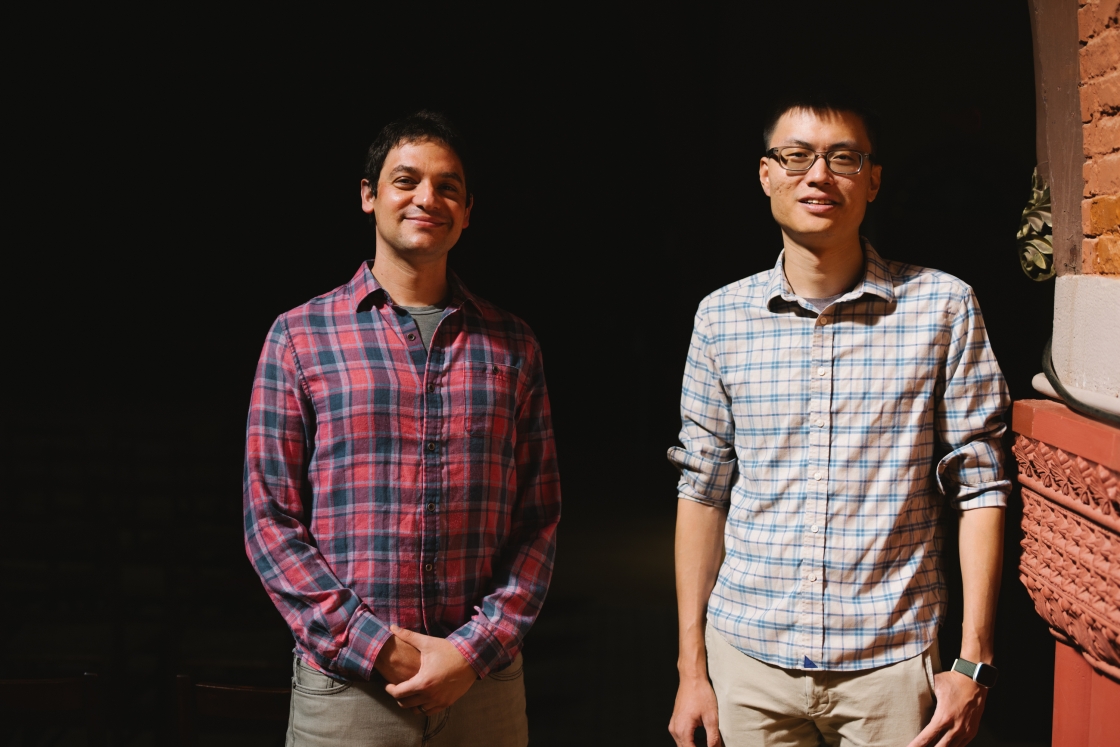July 13, 2015
Dartmouth astrophysicist Kevin Hainline is available to comment on the NASA New Horizons spacecraft’s flyby of Pluto on Tuesday.
The New Horizons mission, launched in 2006, is making the first reconnaissance of the dwarf planet Pluto and its moons as well as venturing beyond into mysterious Kuiper Belt, a relic of solar system formation.
Hainline, a specialist in public science education whose research explores the evolutionary link between star-forming galaxies and their central supermassive black holes, has been focused on the New Horizons mission because of the Astro 1 course he is currently teaching.
“The New Horizons spacecraft is offering us the closest look at Pluto and its moon Charon that we’ve ever had,” he says. “Every day, as it grows closer, it sends back more detailed maps, revealing intriguing bright and dark surface features across Pluto. As it’s currently thought that Pluto and Charon were formed from the same impact, it’s very interesting that they appear to look vastly different in these early images, and this mission will help us understand the chemical reasons for the different surface coloration. Observations taken in the next week will completely change our view of these objects at the edge of our solar system.”
Hainline is a postdoctoral researcher in the Dartmouth Department of Physics and Astronomy. His interests lie in the relationship between “active galactic nuclei”, or AGNs, and star-forming galaxies, exploring how a central supermassive black hole grows and affects its host galaxy.
Kevin Hainline can be reached at Kevin.N.Hainline@dartmouth.edu.

